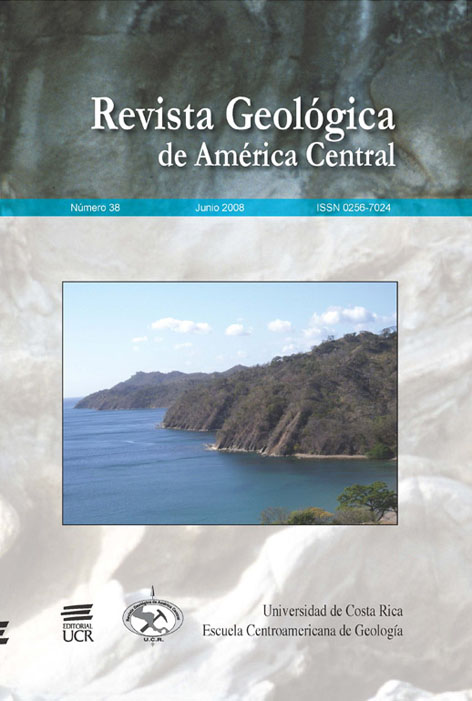Resumen
The Kriging method is documented for the first time to draw isoseismal maps of Costa Rican earthquakes. This method is recommended to replace the visual interpolation technique that has traditionally been used in Costa Rica. Kriging is demonstrated using macroseismic data from four significant events: the January 28, 2002 Bijagua de Upala (5.4 Mw); the July 31, 2002 Burica (6.2 Mw); the September 16, 2003 Puriscal (5.4 Mw), and the 2003 Christmas (6.6 Mw) earthquakes. Isoseismals that best fit the observed intensity data field are calculated by modeling a simple linear variogram. Earthquake effects and Peak Ground Acceleration (PGA) recorded by the Laboratory of Earthquake Engineering (LIS) are also documented for these earthquakes. The Puriscal and Bijagua earthquakes produced minor damage in the epicentral areas, where the Modified Mercalli Intensity (MMI) observed was V and VI, respectively. The Burica and Christmas earthquakes produced moderate damage in localities of the Panama-Costa Rican border region, where the MMI was VII and VIII, respectively. Keywords: Isoseismal maps, Kriging method, Modified Mercalli Intensity, peak ground acceleration, earthquake effects.Comentarios
Descargas
Los datos de descargas todavía no están disponibles.






